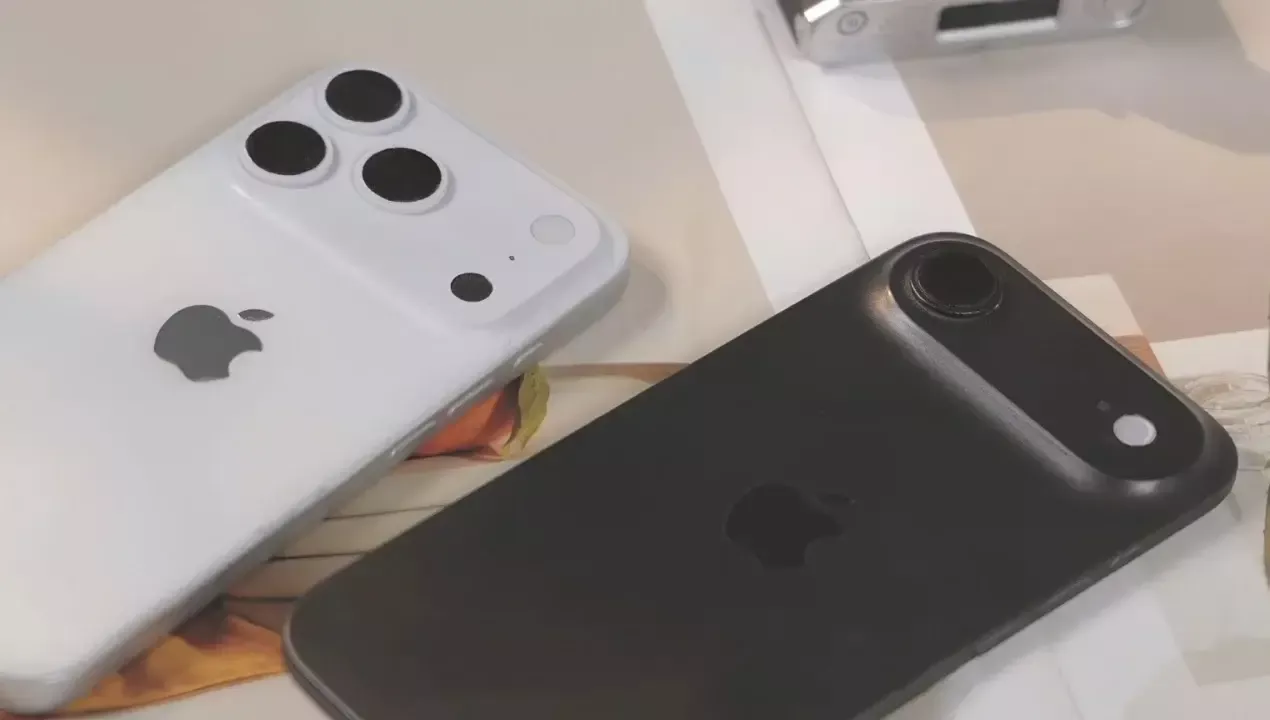
New mandatory durability tests introduced by the European Union have revealed serious shortcomings in Apple’s latest flagship, the iPhone 17 model. This was reported by Zamin.uz.
Although the device’s battery has been significantly improved, its resistance to drops and external impacts was found to be lower than that of competing brands. According to GSMArena, the special labeling system introduced in the European Union determines the durability and repairability level of each electronic device.
Based on tests conducted under this system, the iPhone 17 Pro Max was classified as Class B. This means the device can withstand approximately 180 drop tests.
Last year’s iPhone 16 Pro Max was classified as Class C, showing durability only after 90 drops. Although this figure has doubled in the new model, it still lags behind leading competitors.
For example, recent flagships like the Samsung Galaxy S25 Ultra and Google Pixel 10 Pro XL successfully passed 270 drop tests and were classified as the highest Class A. This indicates a higher risk of damage for Apple smartphones during daily use.
Additionally, the iPhone Air Pro Max, which has a soft body, also recorded Class B results. In terms of repairability, the iPhone 17 also falls behind its competitors.
The device was classified as Class S, the same as Samsung, while Google Pixel belongs to Class B and is considered better in terms of repairability. However, the iPhone 17 Pro Max battery has a high energy efficiency rating, classified as Class A, and its operating time has reached 53 hours.
This figure is superior to many competitors. Nevertheless, Apple’s battery is designed for only 1000 charge cycles, whereas batteries in Samsung devices can last up to 2000 cycles.
This effectively means twice the lifespan in practice.

